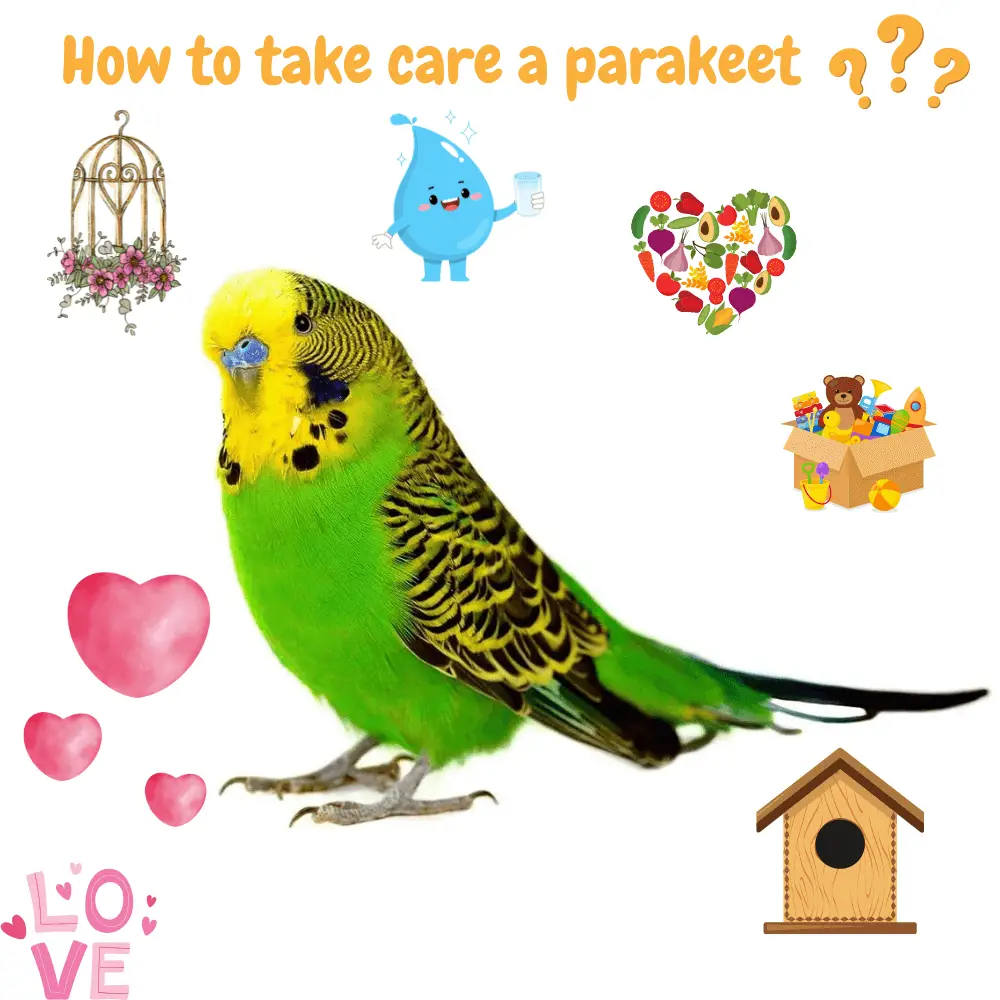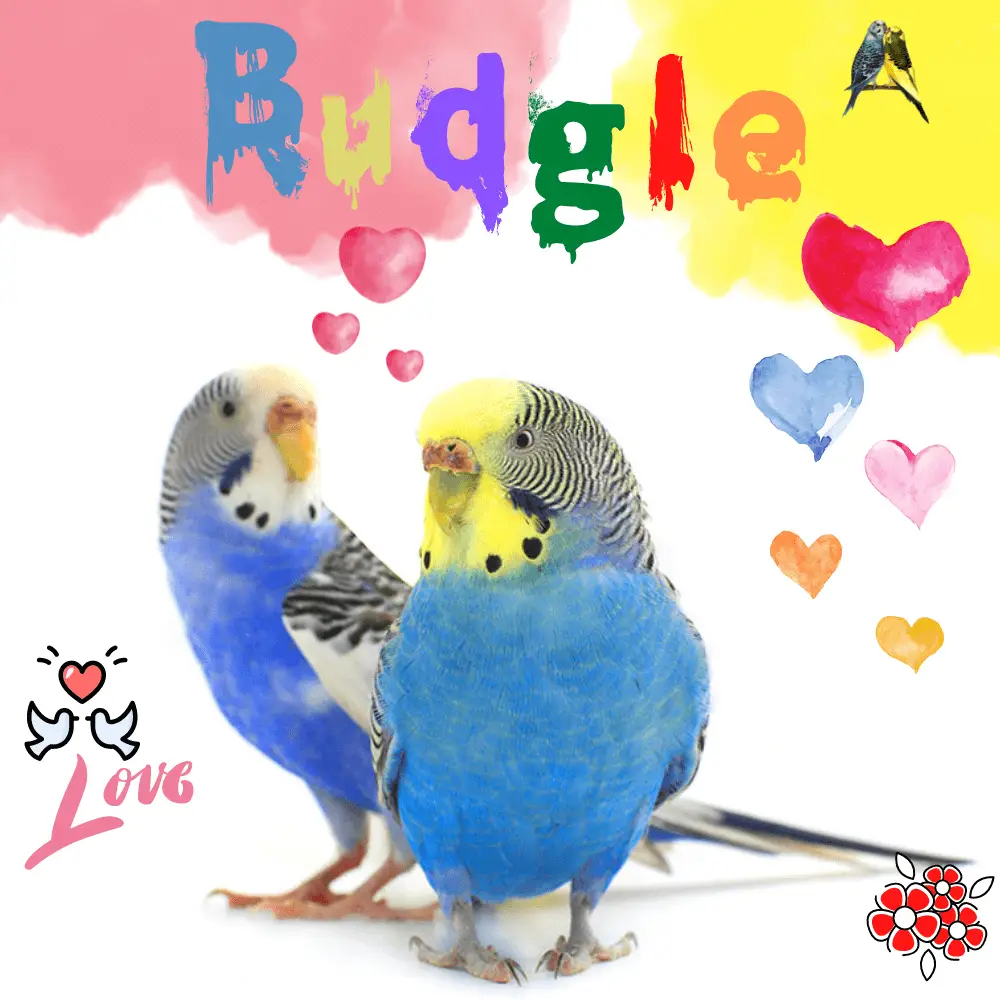Budgie: is quite a talkative bird. She likes to play, and sing and feels reassured when she is with her peers. Living in an apartment can suit her when she has everything she needs. As for its life expectancy, it oscillates between 12 and 15 years.
Budgie habitat
Originally from Australia, the Budgie has long since discovered Europe. It was around the middle of the 19th century that it was imported to the continent. This sociable animal appreciates the company, rather than that of its congeners but also that of other animals. Besides, the parakeet does not like to be alone. We strongly advise taking a couple of parakeets, otherwise, the animal is very likely to be bored.
For the acquisition of a larger number of birds, it is better to choose an even number in order to avoid conflicts during the breeding period. Note that these Budgie are looking for partners, even when there are only females or males.
Budgerigar breeding
Regarding the breeding of the budgerigar, it can start when the Budgie reaches the age of 1 year, whether it is a male or a female. During this period, the male then changes his behavior. He becomes even more cheerful and shows signs of affection to the female.
The male parakeet sings even more readily when ready to mate. He pecks lightly at his mate and begins to feed her. On average, the female parakeet lays 5 to 6 eggs which she incubates for 20 days.
The parakeet has the instinct to build a nest. If the domestic parakeets do not have a nesting box, the probability that the pair will reproduce is very low. This makes it possible to strongly regulate production.
Budgerigar cage
For the parakeet to feel comfortable, it must be provided with an adequate environment. Although it is a small animal, its energetic character requires a large space. A cage of 40 by 60 cm, over a height of 50 cm is suitable for up to 4 parakeets. Of course, these figures give the minimum volume of a parakeet cage. The more space the animal has, the better when it is secure.
In addition to a cage, the Budgie needs various accessories so that it has the possibility of expressing all the behaviors related to its species.
Parakeet water feeder
There are several drinkers suitable for parakeets. A model that clings to the grids of the cage allows for ease of maintenance. There are also models that sit on the bottom of the cage, preferred by some individuals. The water should be changed daily. The drinker is an important element not to be neglected because the parakeet has a great need to hydrate since it eats mainly dry food.
Parakeet feeder
There too, feeders are on sale to be placed on the grids or on the bottom of the cage. If your Budgie tends to scatter its food, it is possible to opt for a feeder in the form of a dispenser, which will then be more hygienic.
Parakeet perch
Essential to the life of a parakeet, perches should be chosen with care. Place them in the cage in various orientations so your bird can enjoy the whole view! Do not choose fixed bars but rather opt for a natural perch, in raw wood. Several branches with bark will make your pet happy.
Parakeet bathtub
How good it is for a parakeet to bathe! The bathtub is essential for the parakeet to feel comfortable. On the other hand, it is always better to keep an eye on your animals when they bathe to avoid any accidents.
Parakeet nest
Although it is not necessary, if you want to start breeding budgies, you will have to think about putting a nest box. Often, it is installed outside the cage, on the side doors, in order to have easy access to it. Little wood shavings and crushed paper will provide a soft nest for the female parakeet.
Parakeet toys
The parakeet is playful, it is good to provide him with several toys. Wooden games, cords, mirrors, or musical toys, there is something for all tastes and all characters!
Budgie food
The main food of the budgerigar is, of course, seeds. These should be small or medium caliber. It is also possible to give your Budgie fruits and vegetables as well as sprouted seeds, to diversify its diet and at the same time enrich its intake of vitamins, minerals, and trace elements.
The Budgie enjoys many raw fruits and vegetables. She will particularly like spinach, carrots, and apples, but also endive, chicory, and zucchini. Herbs such as white clover, chives, or dandelion can also make him happy. A branch of millet is often recommended as it is a very playful food for parakeets. You can also give him sprouted chia, flax, pumpkin, or sunflower seeds.
It is also advisable to provide the bird with a dry bone, for its calcium intake, and sand, so that it can peck at it, which greatly facilitates its digestion.
Budgie care

Of course, the first thing to do to avoid diseases and infections is to regularly clean your environment, cage, and accessories. Then, you have to be a keen observer. If your parakeet is less active than usual, if it begins to sneeze, if its appetite is reduced, or if there is a change in the appearance of its droppings, its plumage, or its breathing, you should consult a veterinarian specializing in Budgies.
Also, parakeets do not like excessive noise. So be careful not to make them uncomfortable. If they do not have the opportunity to take advantage of natural light, artificial light will have to be installed. This must not be flashing (neon style). These two prerogatives are obligations provided by Swiss law*.
Domestic parakeets can also suffer from obesity. It is necessary not to abuse the treats so that they do not stuff themselves. Although they don’t have a necessarily sweet palate, it is quite simple to give them some fresh fruit. It will therefore be necessary to make sure not to abuse it, which is also the case for millet.

